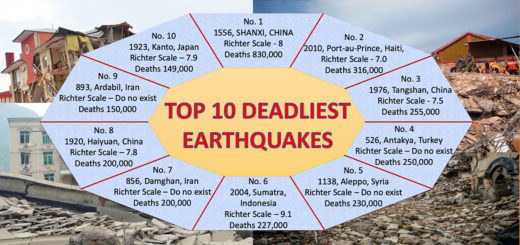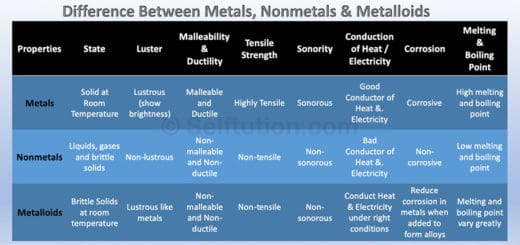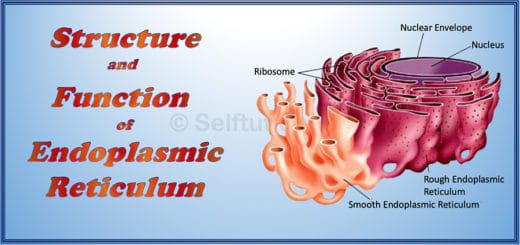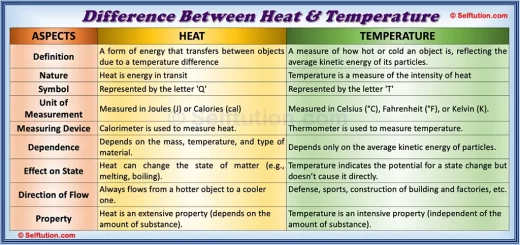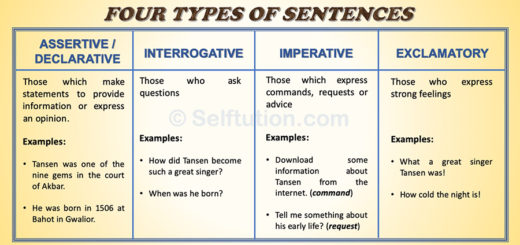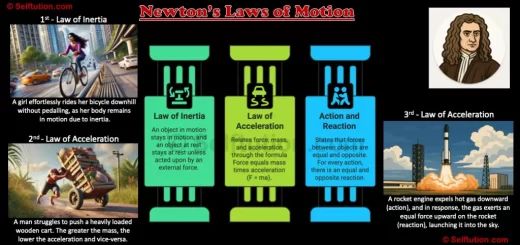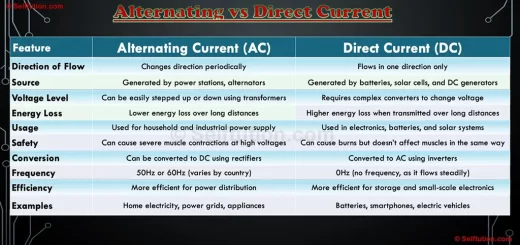Friction: Exploring its Causes, Effects, and Examples for Kids
The effects of friction or frictional force are seen everywhere in daily life. It helps us walk without slipping, but it also wears out shoes and slows down moving objects.
Friction occurs when two surfaces come into contact, resisting motion. Even smooth objects have tiny bumps that create this invisible force, making movement harder.
From gripping a pencil to stopping a bicycle, friction plays a key role. It also produces heat, like when we rub our hands on a cold day.
In this lesson, we will discover what causes friction, how it affects us, and where we can find it around us!
Topics Covered:
What is Friction?
Friction or frictional force is a non-contact force that occurs when two surfaces rub against each other. Imagine trying to slide a heavy box across the floor or running your fingers over a rough surface – that feeling of resistance you encounter is friction at work. It’s like a friendly tug-of-war between surfaces, which is key to understanding how the world around us works.
What Causes Friction?
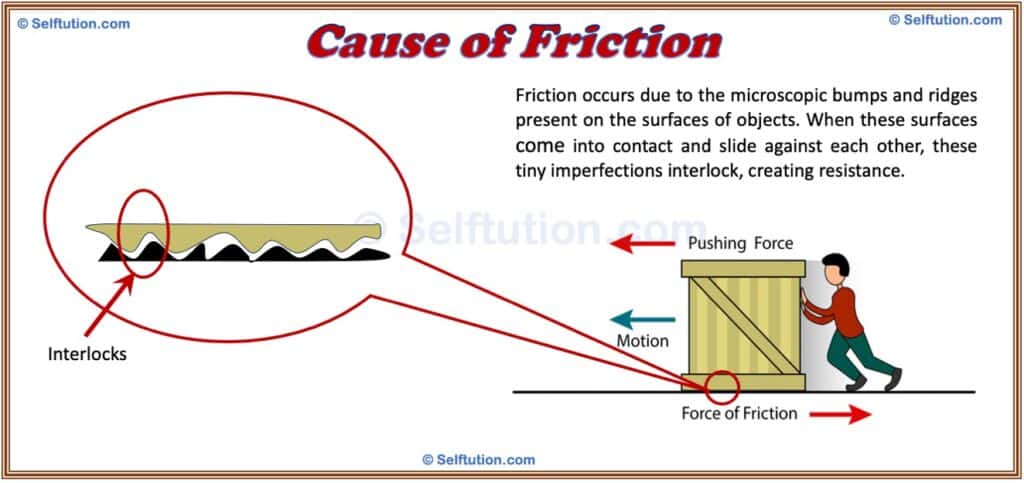
Causes of Friction or Frictional Force
Friction occurs due to the microscopic bumps and ridges present on the surfaces of objects. When these surfaces come into contact and slide against each other, these tiny imperfections interlock, creating resistance. The rougher the surfaces, the greater the friction. Think of it like trying to walk on a sandy beach versus a smooth sidewalk – the sand creates more resistance, making it harder to walk.
Effects of Friction or Frictional Force:
Friction or frictional force plays a crucial role in our daily lives, with both positive and negative effects:
Positive Effects:
- Grip: Friction helps us grip things firmly. Have you ever noticed the patterned soles on your shoes? Those patterns increase friction with the ground, preventing you from slipping and sliding.
- Braking: Friction is what allows us to stop moving objects. When you ride a bike and squeeze the brakes, the friction between the brake pads and the wheels slows the bike down, bringing it to a halt.
- Writing: Have you ever wondered how pencils leave marks on paper? It’s friction at work! When you write with a pencil, friction between the pencil’s graphite and the paper surface allows you to create words and drawings.
Negative Effects:
- Wear and Tear: Friction can cause wear and tear on objects. For example, when you rub your hands together vigorously, friction generates heat and can make your skin feel rough.
- Energy Loss: Friction can lead to energy loss. When you ride a bike, some of the energy you exert while pedaling is lost as heat due to friction between the moving parts of the bike.
- Difficulty in Movement: Friction can make it challenging to move objects smoothly. Picture trying to push a heavy box across a carpeted floor – the friction between the box and the carpet creates resistance, making it harder to move.
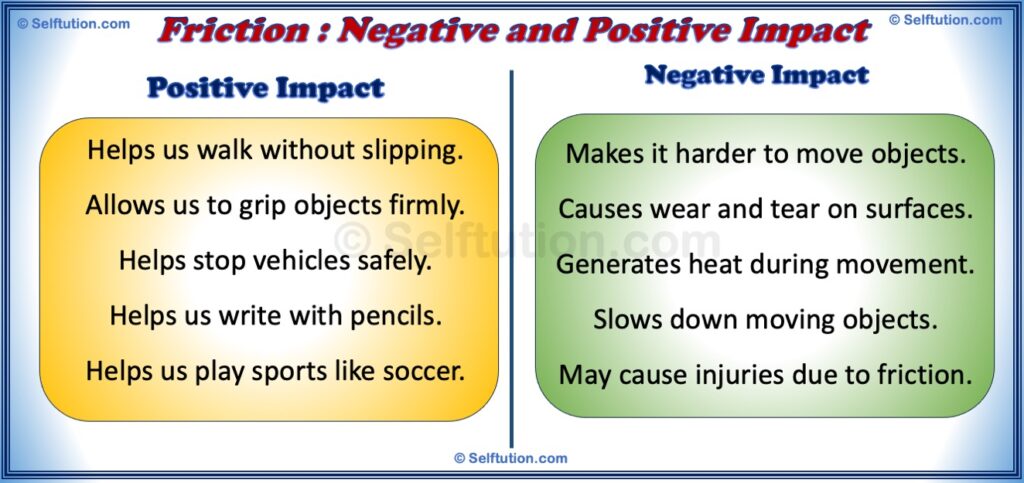
Advantages and disadvantages of friction or frictional force
Real-Life Examples of Friction:
Friction is all around us, shaping our interactions with the world. Here are some everyday examples:
- Rubbing Hands Together: When you rub your hands together on a chilly day, friction generates heat, warming your hands.
- Sliding Down a Slide: Have you ever zoomed down a slide at the playground? The friction between your clothes and the slide’s surface slows you down, ensuring a safe and fun ride.
- Braking in a Car: When a car comes to a stop, friction between the brake pads and the wheels helps slow the car down, ensuring a smooth and safe halt.
- Walking: As you walk, friction between the soles of your shoes and the ground prevents you from slipping, allowing you to move confidently.
- Using a Pencil: When you use a pencil to write or draw on paper, friction between the pencil’s tip and the paper’s surface allows the graphite to leave marks, bringing your creations to life.
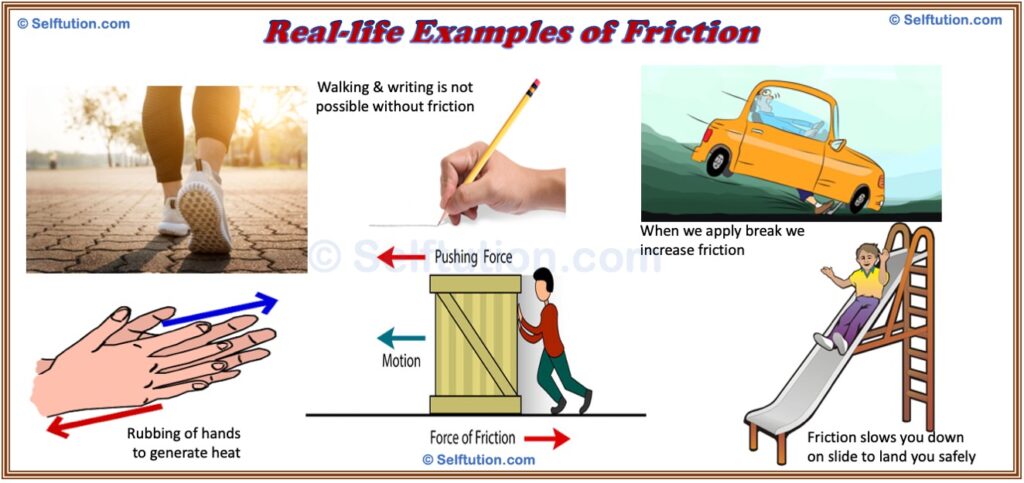
Real-life examples of friction or frictional force
Conclusion:
Friction is an integral part of our world, shaping how we interact with objects and surfaces around us. From providing grip and stopping power to creating challenges in movement, friction influences various aspects of our lives. By understanding the causes, effects, and examples of friction, we gain valuable insights into the mechanics of the world around us. So the next time you feel resistance while sliding down a slide or pushing a heavy object, remember – that’s friction at work, shaping your experiences in the most fascinating ways!
You may also like…... Types of Chemical Reactions in Chemistry


